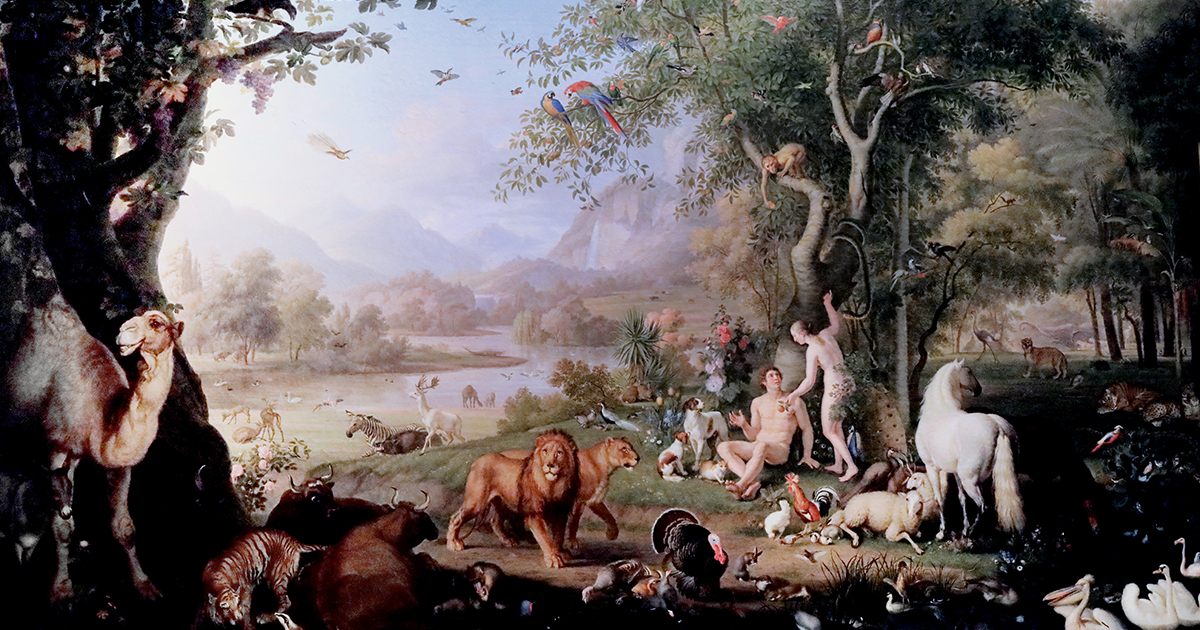
READ MORE: Introducing Web 2.5, the messy new future of the internet (Dazed)
We’re in the transition towards what’s being called “Web 3.0” or “Web3,” a sort of utopian ideal of online existence also known as the decentralized web. But since we’re not there yet do we need to call it Web 2.5?
Probably not, but here are some views.
Web 2.5 is “a liminal space where it feels like things are changing, but not radically enough for our web experience to feel wildly different,” suggests Felicity Martin, writing at Dazed.
YOUR ROADMAP TO Web3:
Does Web3 offer the promise of a truly decentralized internet, or is it just another way for Big Tech to maintain its stranglehold on our personal data? Hand-picked from the NAB Amplify archives, here are the expert insights you need to understand Web3’s potential and stay ahead of the curve on the information superhighway:
- Magnificent Obsession: Why Are We in Love With Web3?
- Web3 and the Battle For the Soul of the Internet
- The Future of Work: Teleportation, Holograms and Roaming Avatars
- Avatar to Web3: An A-Z Compendium of the Metaverse
- Brave New World? Sure, Just Click Here
She cites Mat Dryhurst, a technologist and lecturer who says he uses the term “Web 2.5” to describe services like newsletter subscription platform Substack or artist membership platform Patreon “that are slowly transitioning audiences away from the expectation of free stuff.”
He adds: “I use 2.5 in this context because I believe Web 3.0 will inevitably eclipse those services. In that sense, I use Web 2.5 as a transitional term.”
Not everyone is a fan of the term. “There really isn’t a ‘Web 2.5’ as such, it’s really Web 2.0 in a business suit,” says Andrew Tattersall, an information specialist at the UK’s Sheffield University.
Tattersall says that’s because we’re a long way from the free market and democratization that the internet once promised, and an equally long way from the metaverse ideal of the decentralized creator.
“There has been a grab back of control and market share by the leading web platforms since 2005 with Web 2.0,” he says.
It’s hard to argue with that with a handful of corporations like Google, Facebook and Amazon controlling 50% of global marketing spend.
“There really isn’t a ‘Web 2.5’ as such, it’s really Web 2.0 in a business suit.”
— Andrew Tattersall, Sheffield University
The hope (perhaps increasingly in vain) is that the third iteration, Web 3.0, will let users do away with the middlemen via the blockchain, which in theory hands power to creators and artists.
This may not work out as intended. Using decentralized payment mechanisms may free creators from the “tyranny” of working for The Man on big platforms, but will consumers necessarily follow?
“If we have to pay creators for things we’ve previously been getting for free, is it financially viable for our broke selves?” poses Martin.
NAB Show Launches Web3 National Advisory Council
Web3 is the next iteration of the World Wide Web, reflecting an evolving infrastructure with advanced capabilities powered by blockchain technology and enhanced through artificial intelligence.
NAB Show has formed a new Advisory Council for Web3, with the mission of providing guidance and expertise on developing relevant education content around the implications of new technologies, content models, and consumer behaviors driven by the next generation of the Internet.
The 12-member group — comprising media and entertainment professionals, technology executives and platform providers from across the media landscape — will be led by two-time Emmy winner and longtime media advisor Seth Shapiro, managing partner of D[a]2: Digital Asset Advisors, who will serve as the Council’s chair; NAB director of strategic partnerships and programming, Meghan Nodell; and StoryTech CEO Lori H. Schwartz, a longtime industry strategist and leading NAB Show program curator who will serve as the Council’s engagement officer.
The Council will advise NAB Show’s executive team on a broad range of business-critical topics for media companies and their partners as they navigate new content platforms, the evolution of television, new IP-based assets, live events, audio, publishing, and physical and digital gaming experiences. Learn more about the National Advisory Council and see the full list of members HERE.
Dryhurst believes that paying for content will lead to more value-for-money results, and could be a positive thing for culture.
On the other hand, he tells Dazed, “often the production of free content leads to fairly cheap results. Where I think we will run into a problem is that ultimately not everyone can afford to be forking out $50-100 a month for various media sources.”
Another critic, author Andrew Leucke, suggests that Web 3.0 could cause real subcultures to re-emerge.
Since Web 3.0 is based on “trackable ownership and faux scarcity that one must opt into… many will never participate in Web 3.0 and would be part of sub-Web 3.0 culture(s),” he wrote in a post on Twitter.
Web3 could cause real subcultures to reemerge.
— Andrew (@AndrewDLuecke) January 25, 2022
Web 2.0 is omnipresent, simple & free. It’s inescapable.
But Web3 is based on trackable ownership & faux scarcity that one must opt into.
Because of that many will never participate in Web 3 & would be part of sub-Web3 culture(s).
Furthermore, in a decentralized Web 3.0 internet is there a need for greater regulation to prevent harmful to society misinformation around topics like action for climate change? And if so, who polices it?
Beth Dean, a product design lead at Meta, tweeted that “Web 3.0 plants seeds for environmental disaster, artificial scarcity, and general disregard for bad actors. The world has been asking for a more regulated internet, with more transparency and accountability. Presently, Web 3.0 makes all of those things as difficult as possible right from the get-go.”
I’ve spent ~10yrs trying to fix and prevent societal issues on the internet. I’m begging my fellow technologists running towards web3 to take the lessons of Web 2.0 with you. What I’ve seen so far lays the foundation for serious future problems. 1/5
— Beth Dean (@bethdean) January 2, 2022




